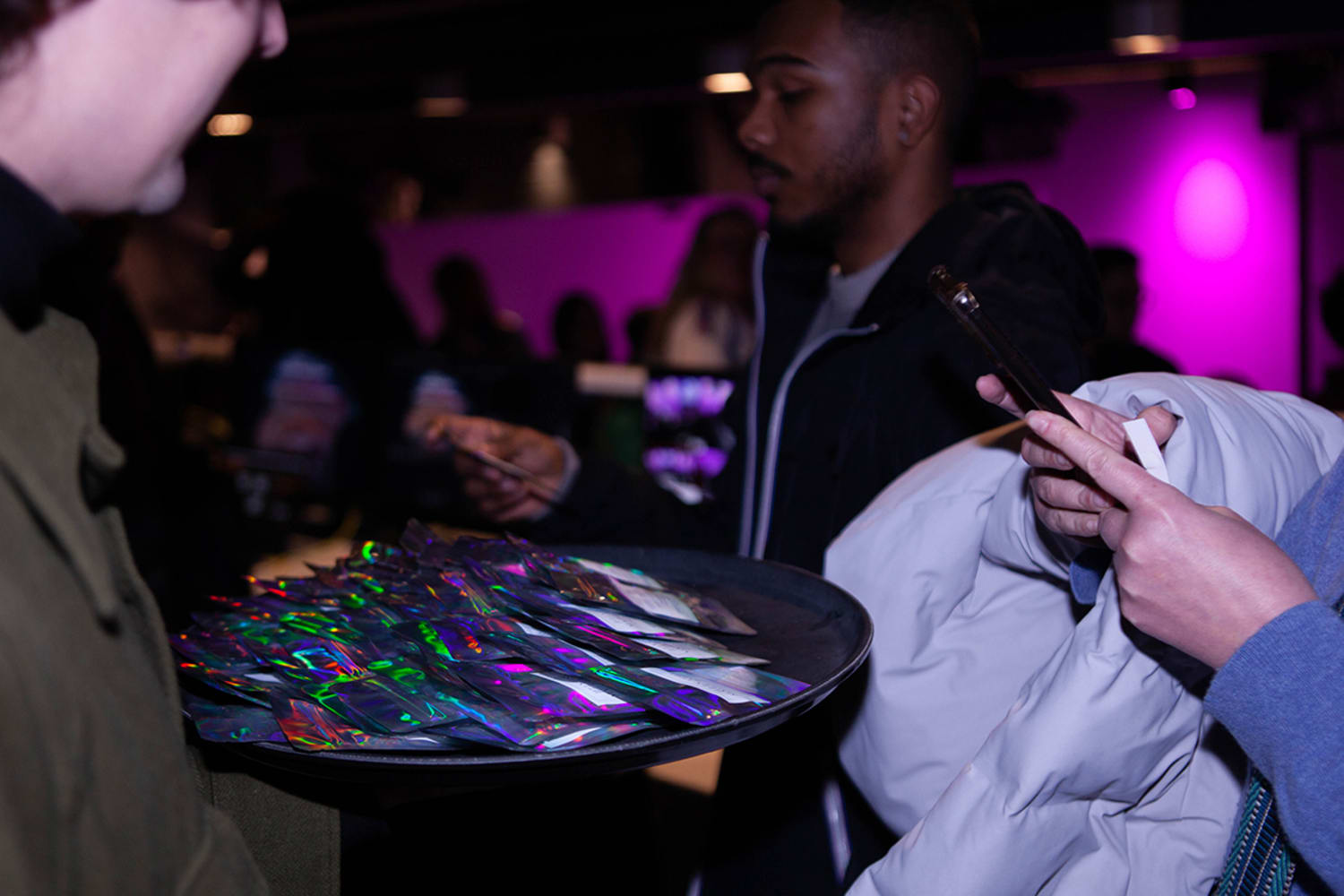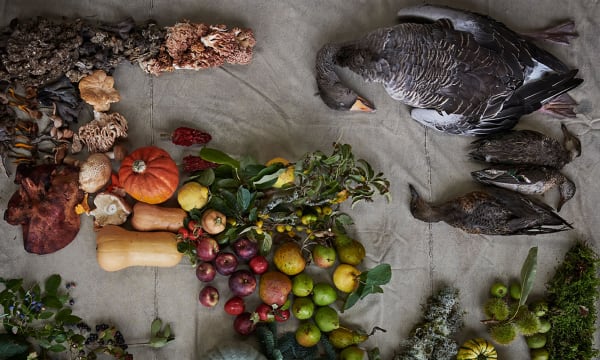The natural world is ruled by the logic of survival of the fittest, but sometimes the fittest are species that shouldn't even be there in the first place. Invasive species muscle their way into habits, wreaking havoc on ecosystems by disrupting the natural balance and causing chaos for native species. The consequences are far-reaching, often impacting human health and economies. Now innovative brands are cooking up a plan to combat these troublemakers.
The battle against invasive species is getting a tasty twist as food and drink brands harness their potential.

London-based studio Bompas and Parr are tackling one menace of the seas. At their Imminent Future of Food event in January, attendees were served ‘Jellyfish Maple Bacon’. The jellyfish was flavored with smoked salt and maple syrup to mimic bacon, taking seafood in a whole new direction. “The last few years have been full of reports of climate change causing jellyfish blooms in the Mediterranean, clogging up power plants,” Freddie Mason, Lead Creative Strategist at Bompas and Parr tells VML Intelligence. “When a species is causing harm—and by that we mean ecological monocultures, or damaging infrastructures—we think we might as well put consumer delight to good use and nourish ourselves.”
Sustainable seafood is also the focus of the YouTube channel FishNGrillz. The channel’s content highlights the culinary potential of infamous fish species, or "Rubbish Fish" as the local Hawaiians call them. With an abundance in the waters and low market value, these fish species often go unnoticed and underutilized, but FishNGrillz is changing that by alleviating stigma.

Crab Trapper Green Crab Flavoured Whiskey by Tamworth Distilling is a drink that's as daring as it is delicious. Made with a 4-year-old bourbon base and more green crabs than you can shake a claw at, the whiskey became a viral sensation in the Summer of 2022. The drink that was created to combat invasive green crabs in New England Waters, shed light on the species’ devastating destruction of local ecosystems and shellfisheries.
The undesirable qualities of invasive ingredients could be their secret weapon, as is the case for the crustacean-steeped whiskey. “The Crab Trapper is almost like a dare. The thought of whiskey and crab is sort of repulsive, but there is a mystery to it until you are able to try it” Will Robinson, Distiller at Tamworth Distilling tells VML Intelligence. “If you don’t try it, you may be missing out on something. In combining a “yuck” factor, along with the chance of a unique experience, we have been able to draw customers to the product.”
The trend of harnessing invasive species isn't limited to just the food and drink industry, as evidenced by the innovative approaches of Inversa fashioning leather alternatives from lionfish and Chippin creating pet food protein from silver carp.
The Intelligence take
Widespread adoption of these ingredients could be key to mitigating the invasive species problem. Could these brands' impact on invasive species be so significant that they will eventually run out of resources? Only time will tell.
Main image courtesy of Tamworth Distilling.
Please provide your contact information to continue.
Related Content


